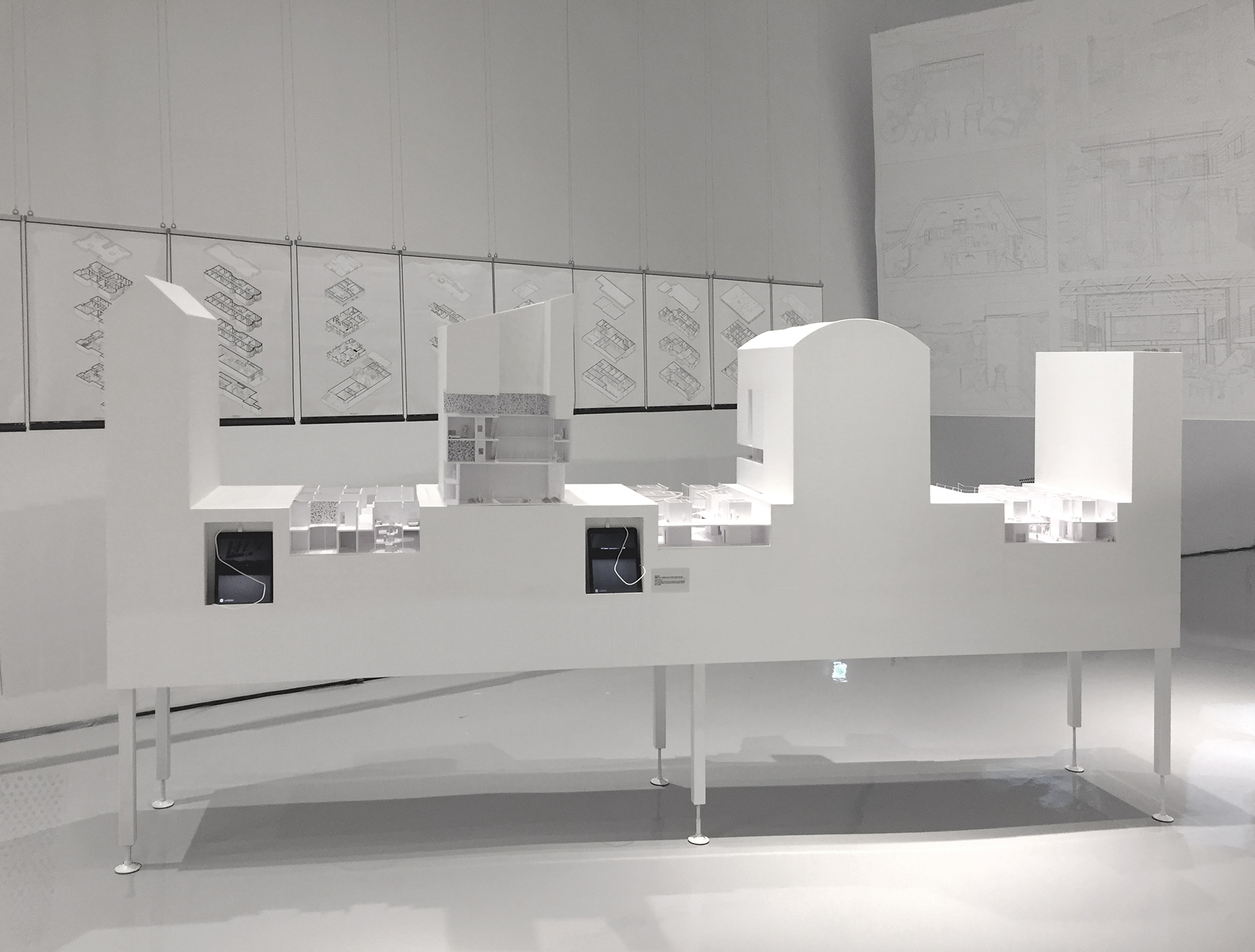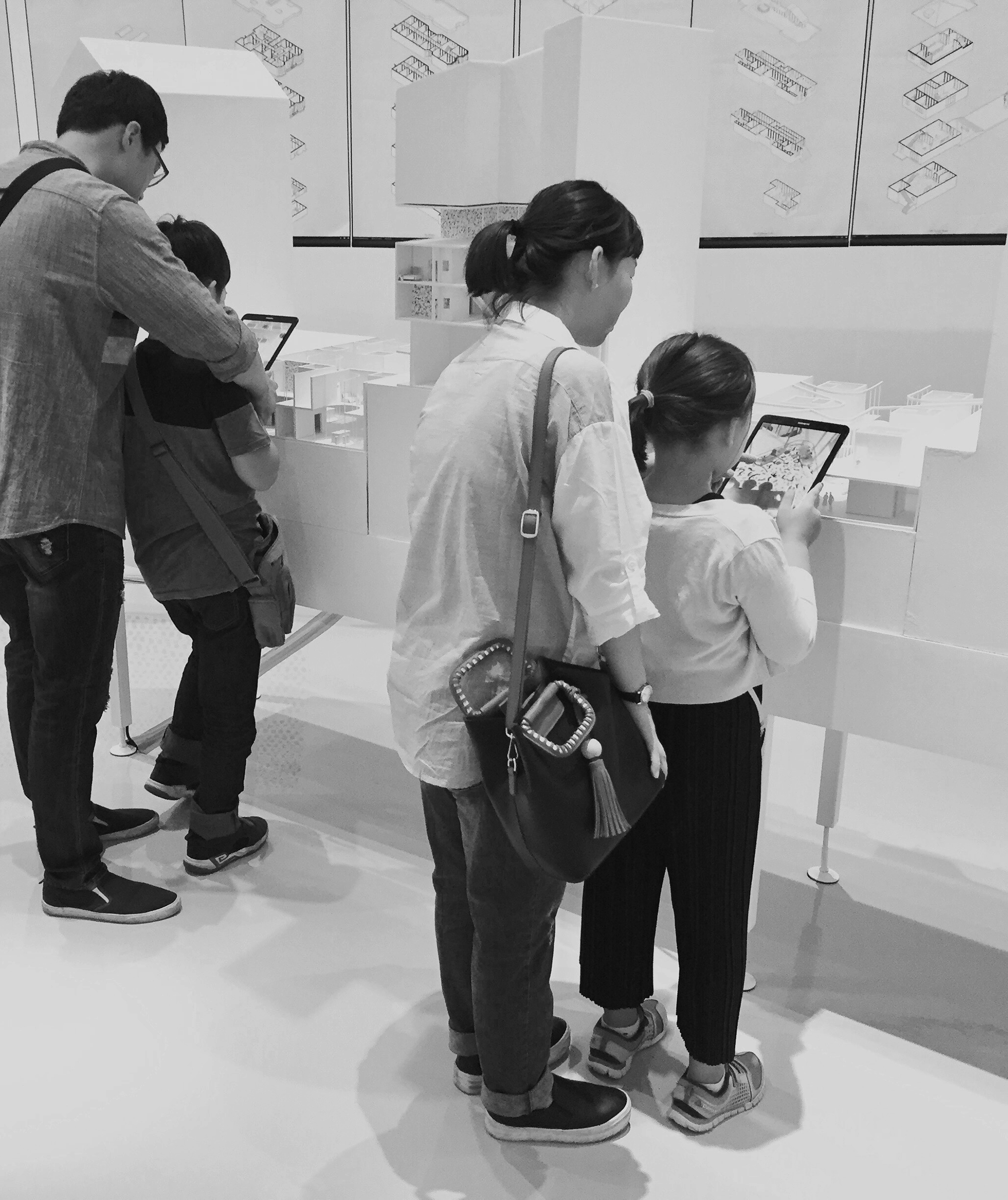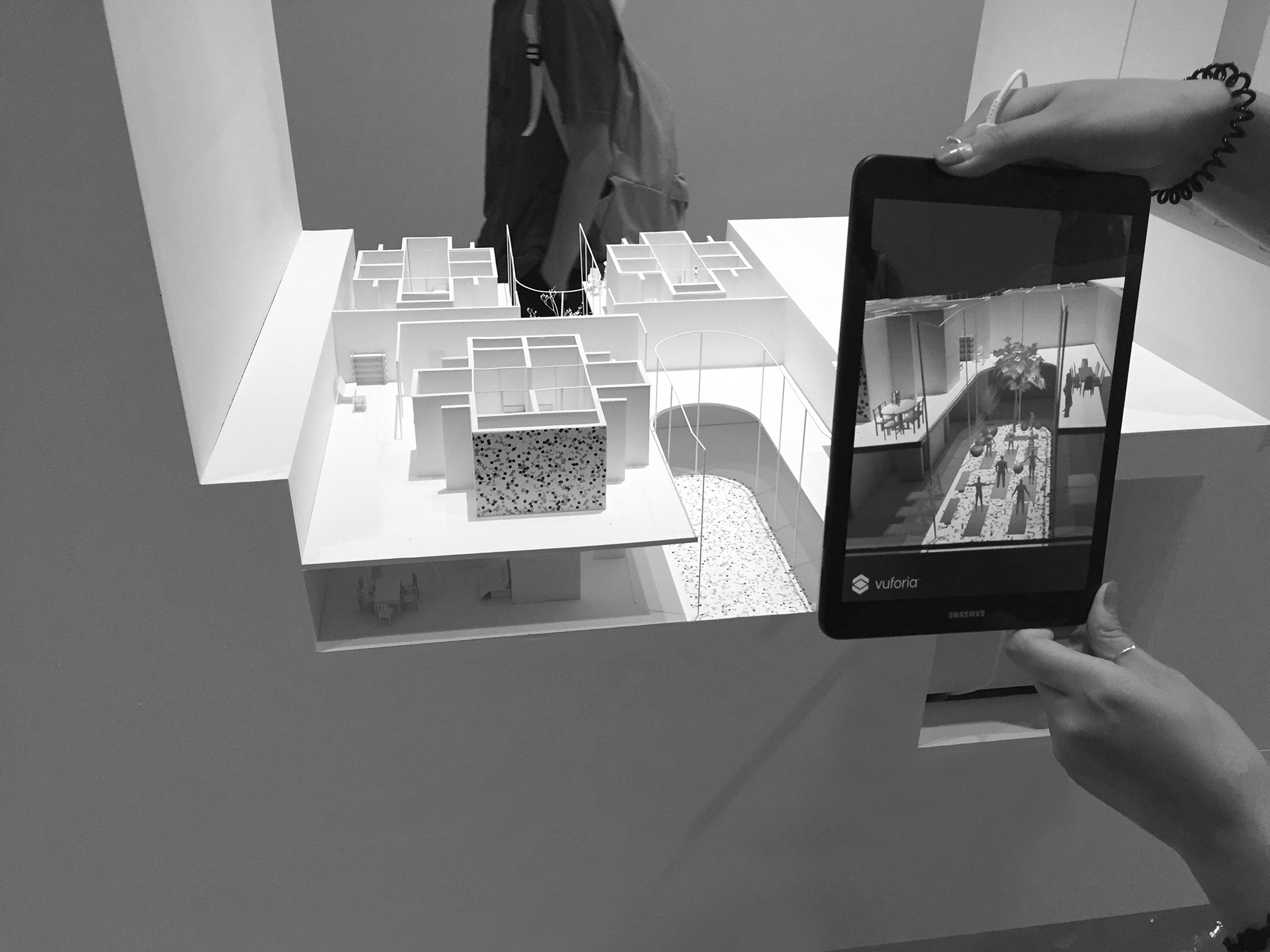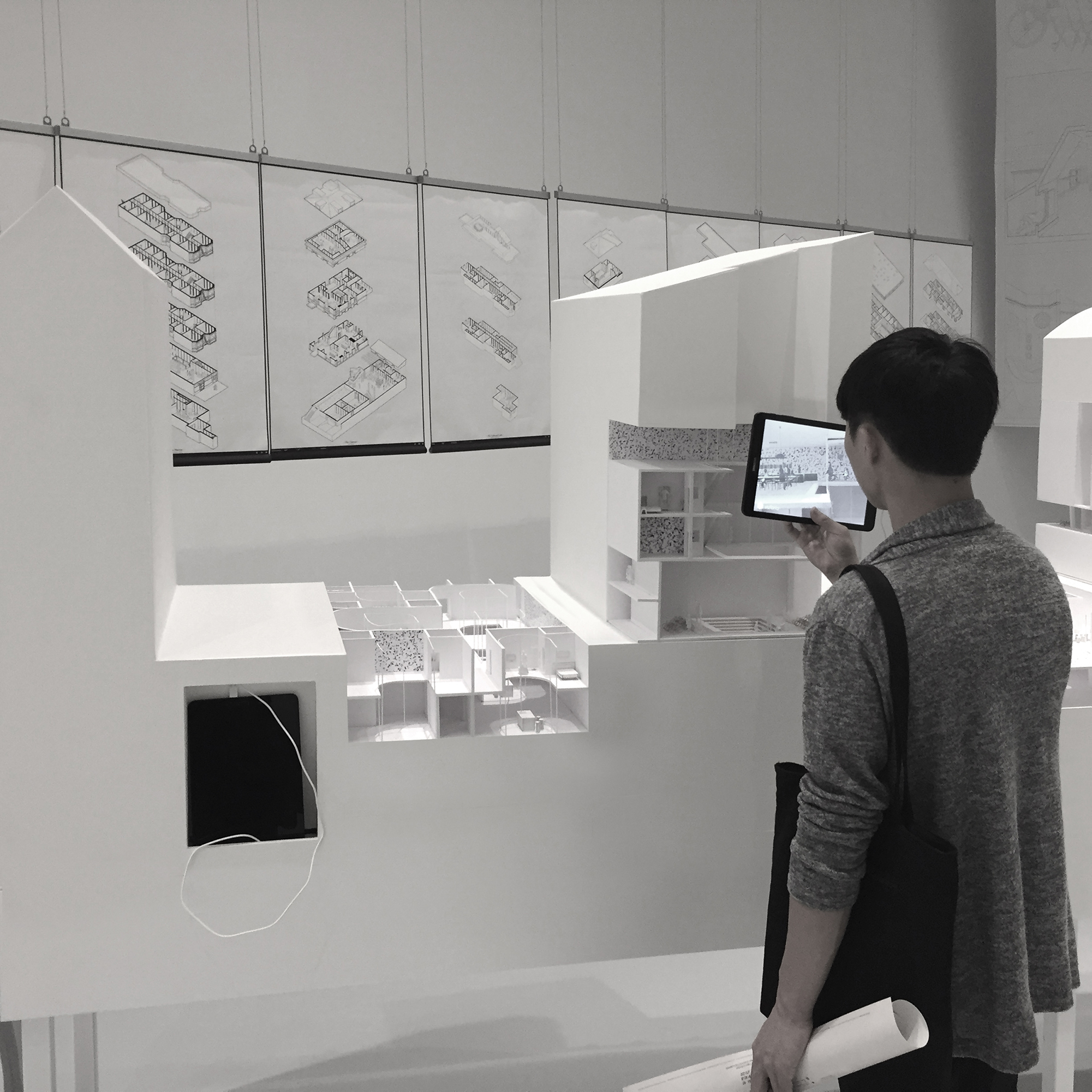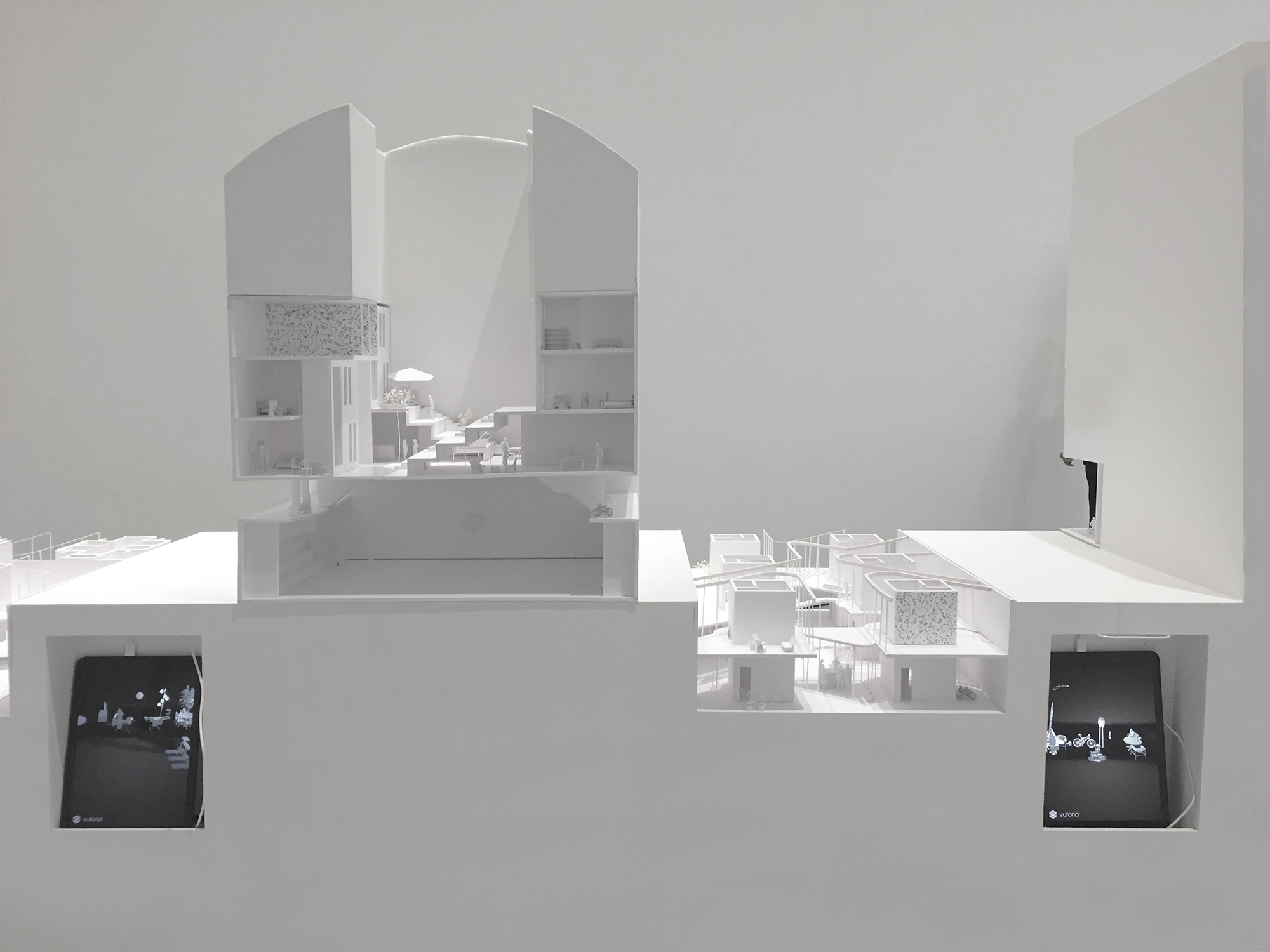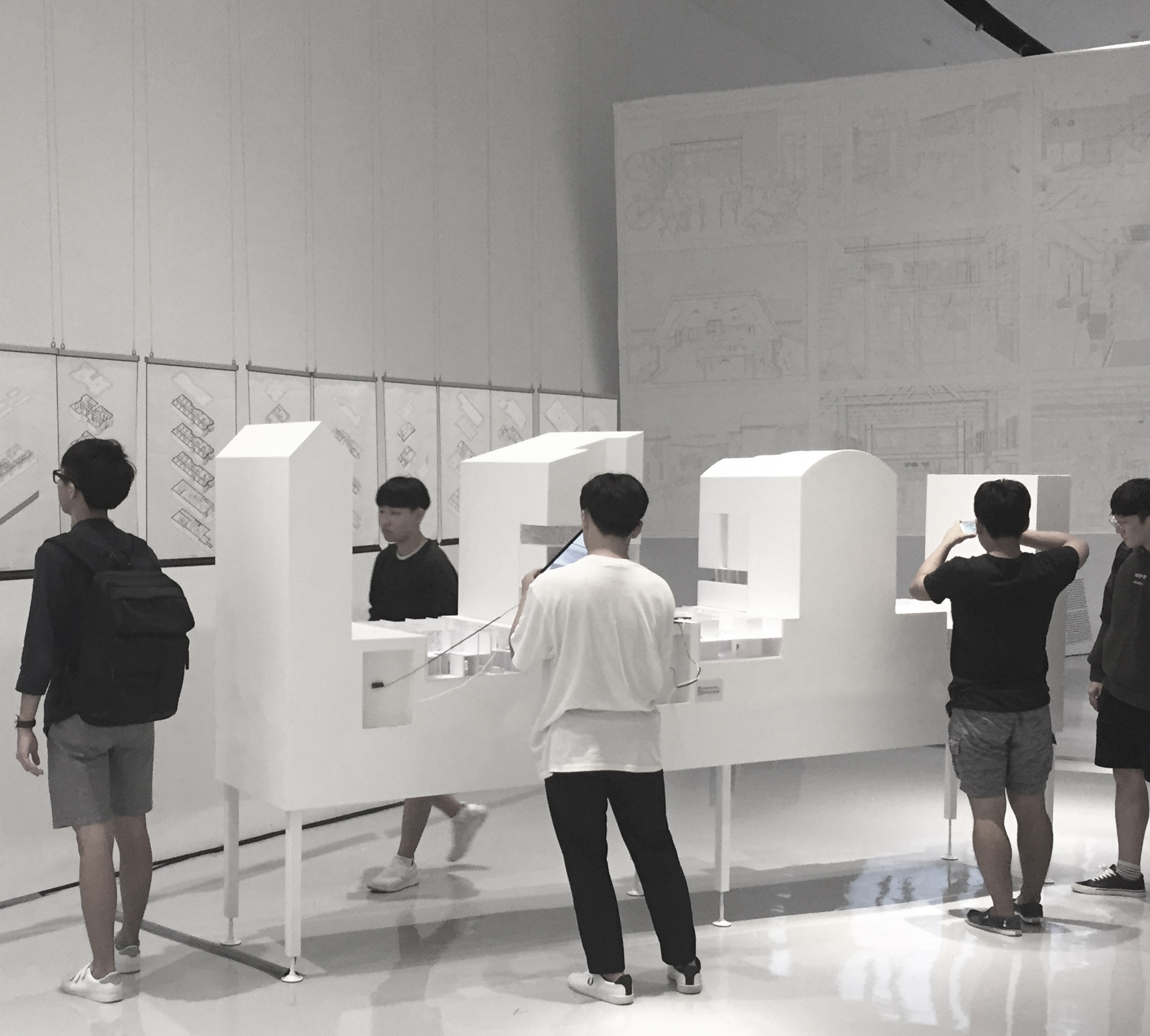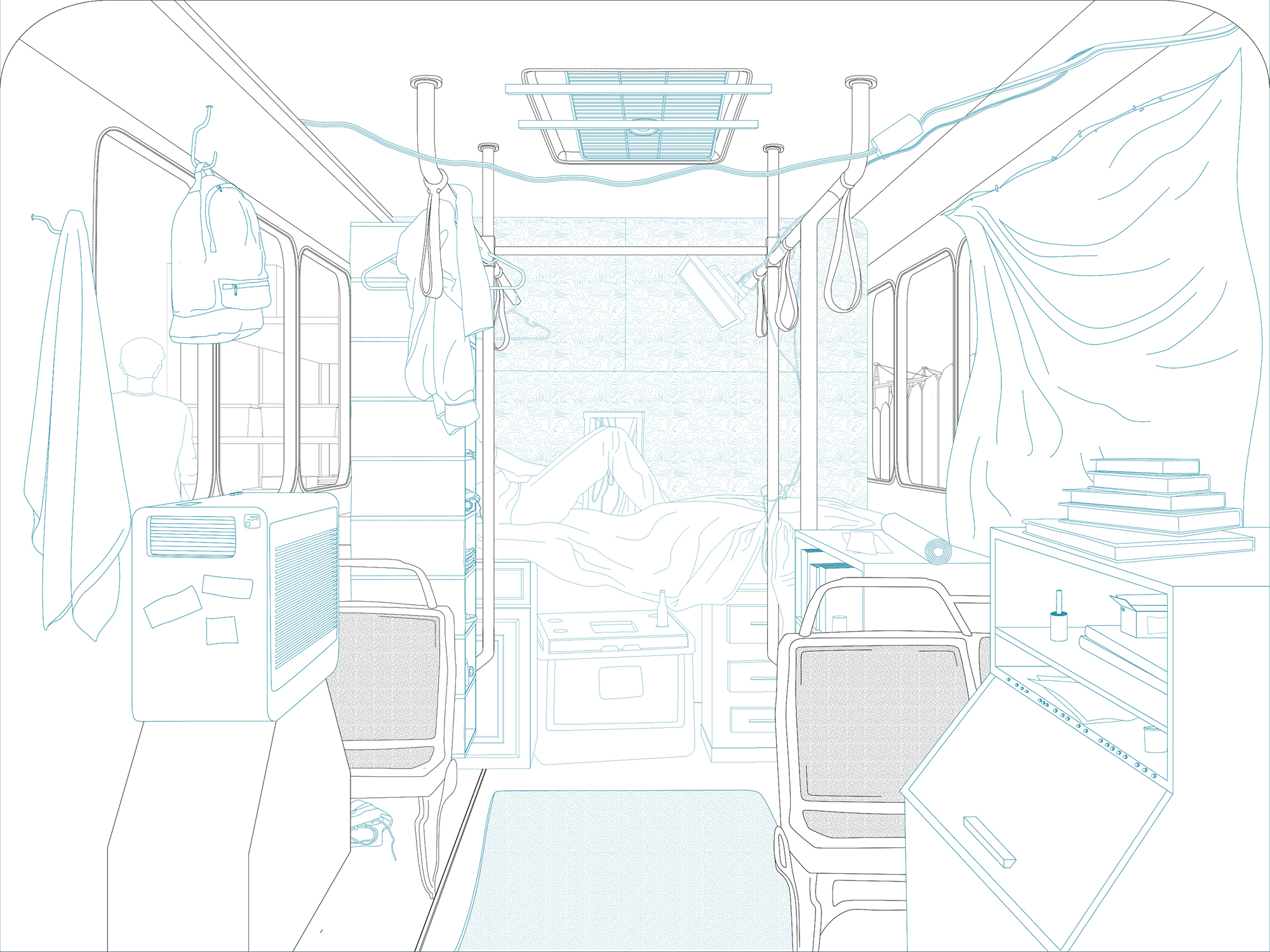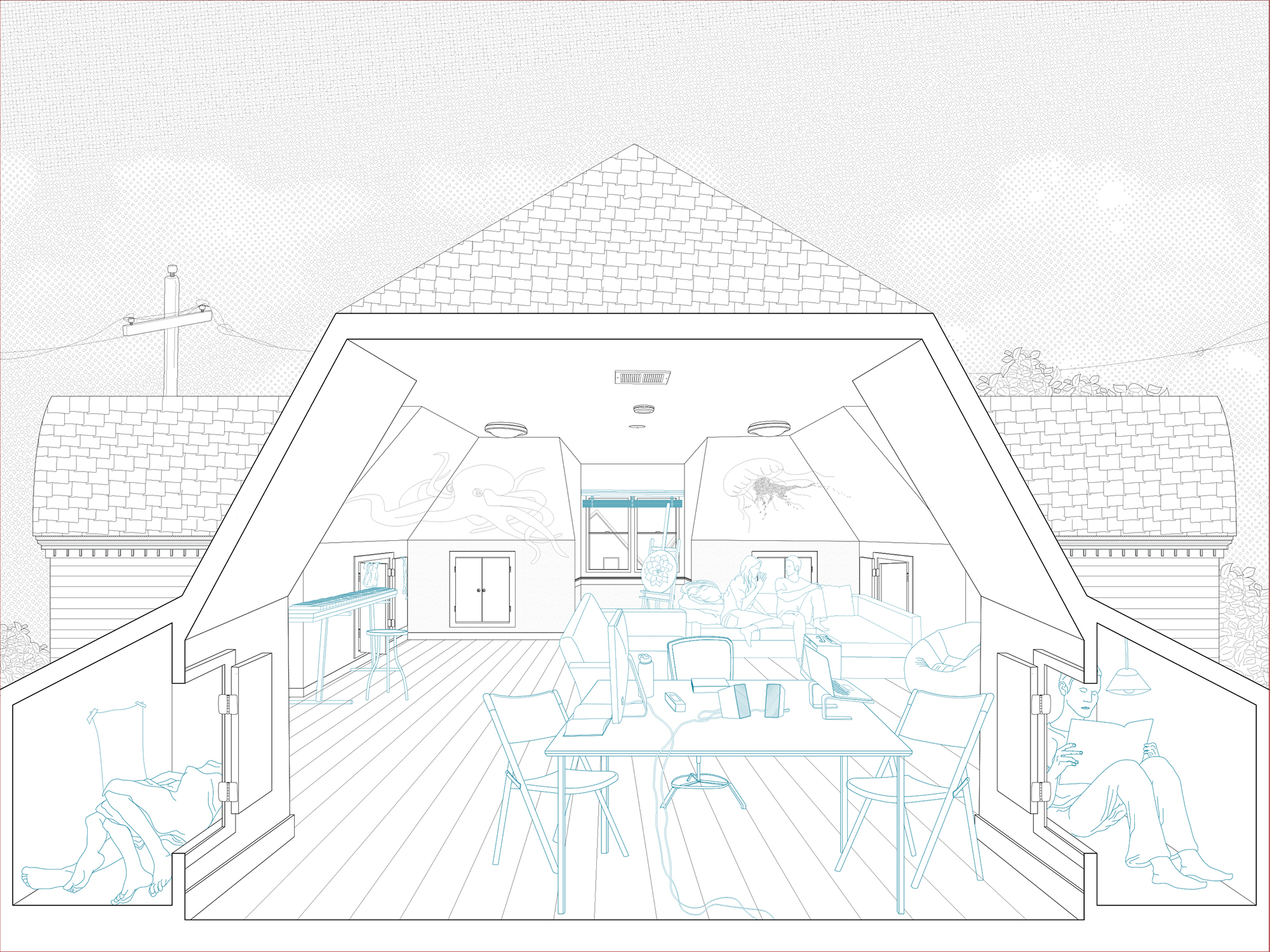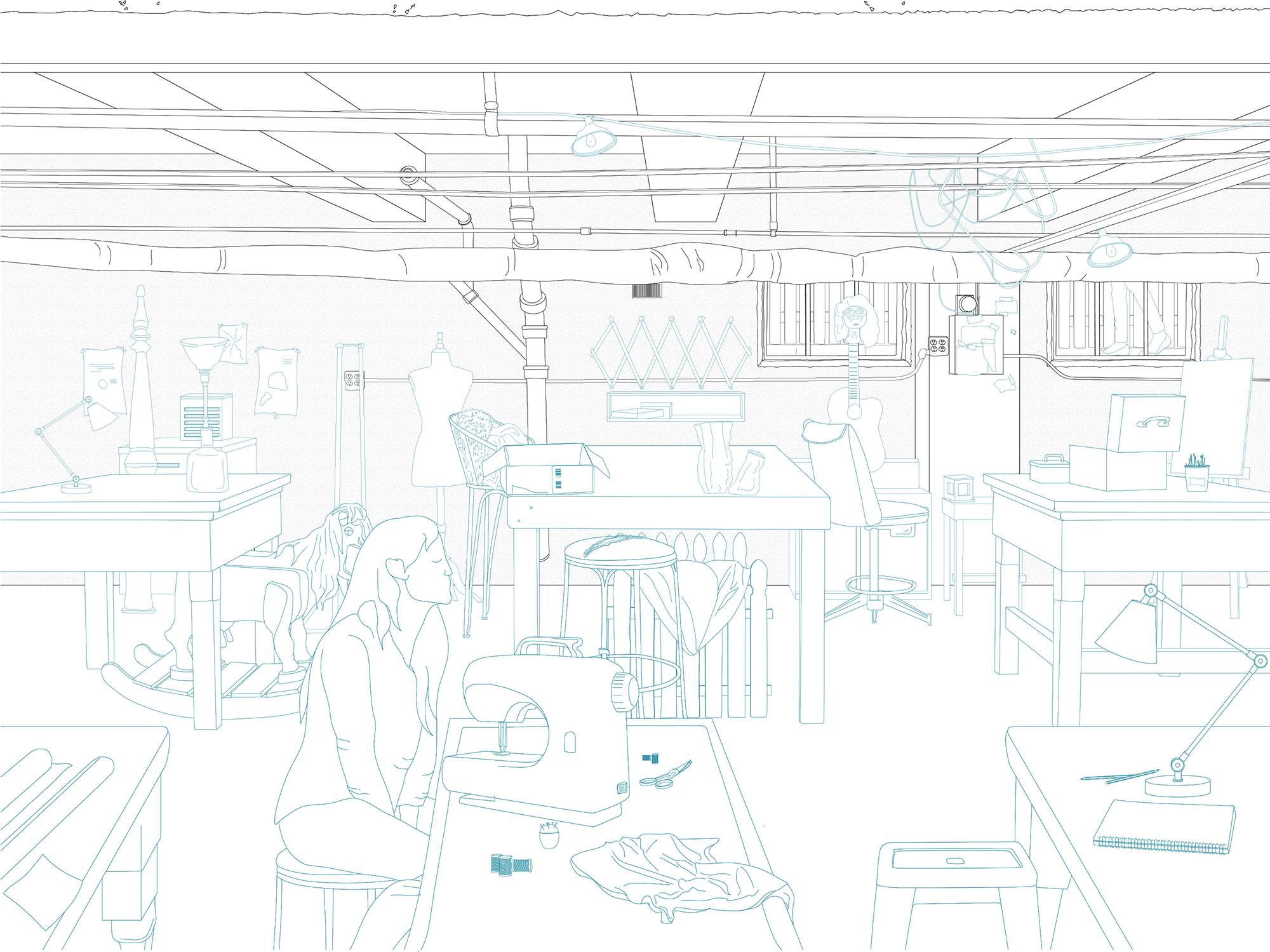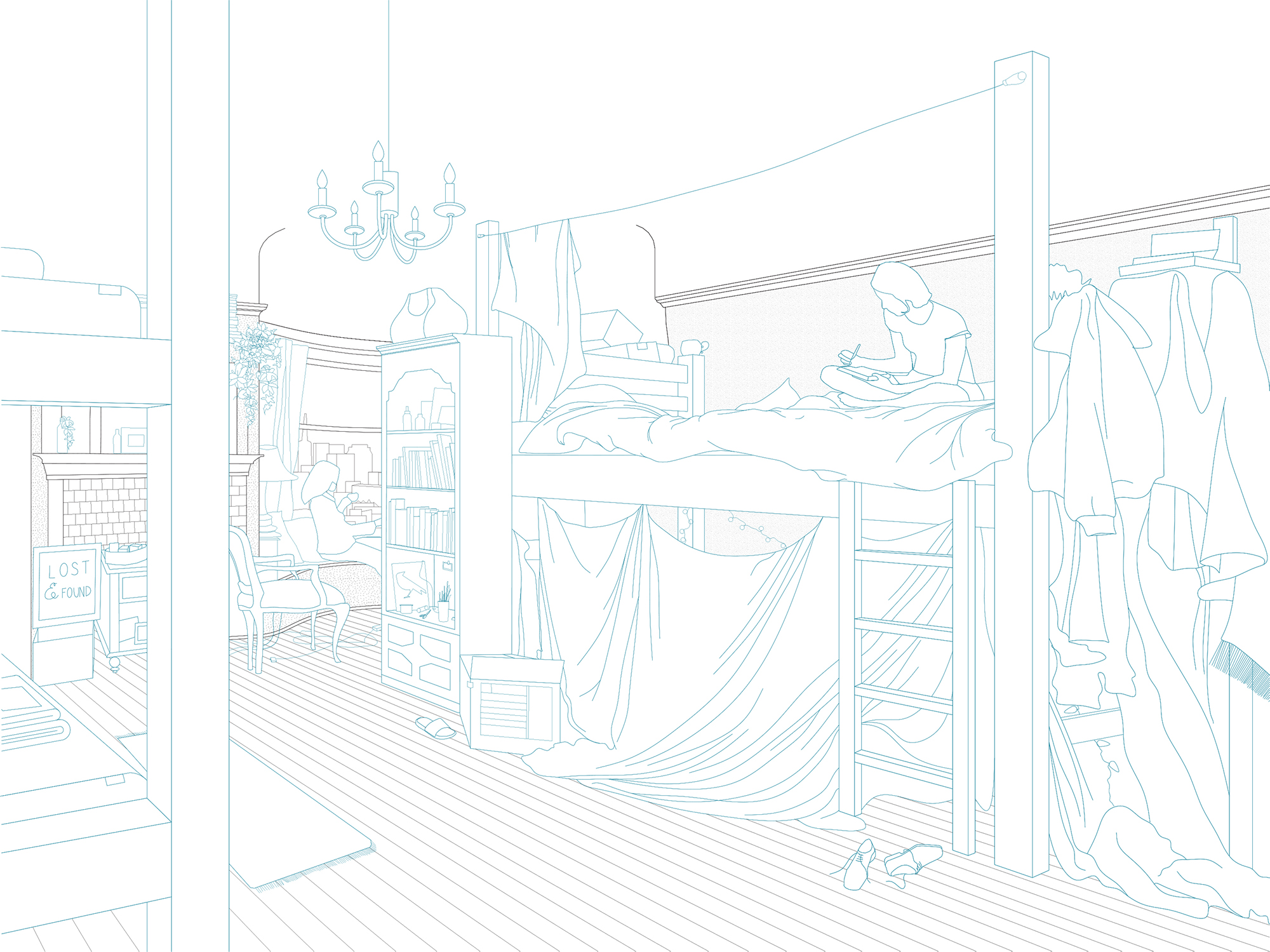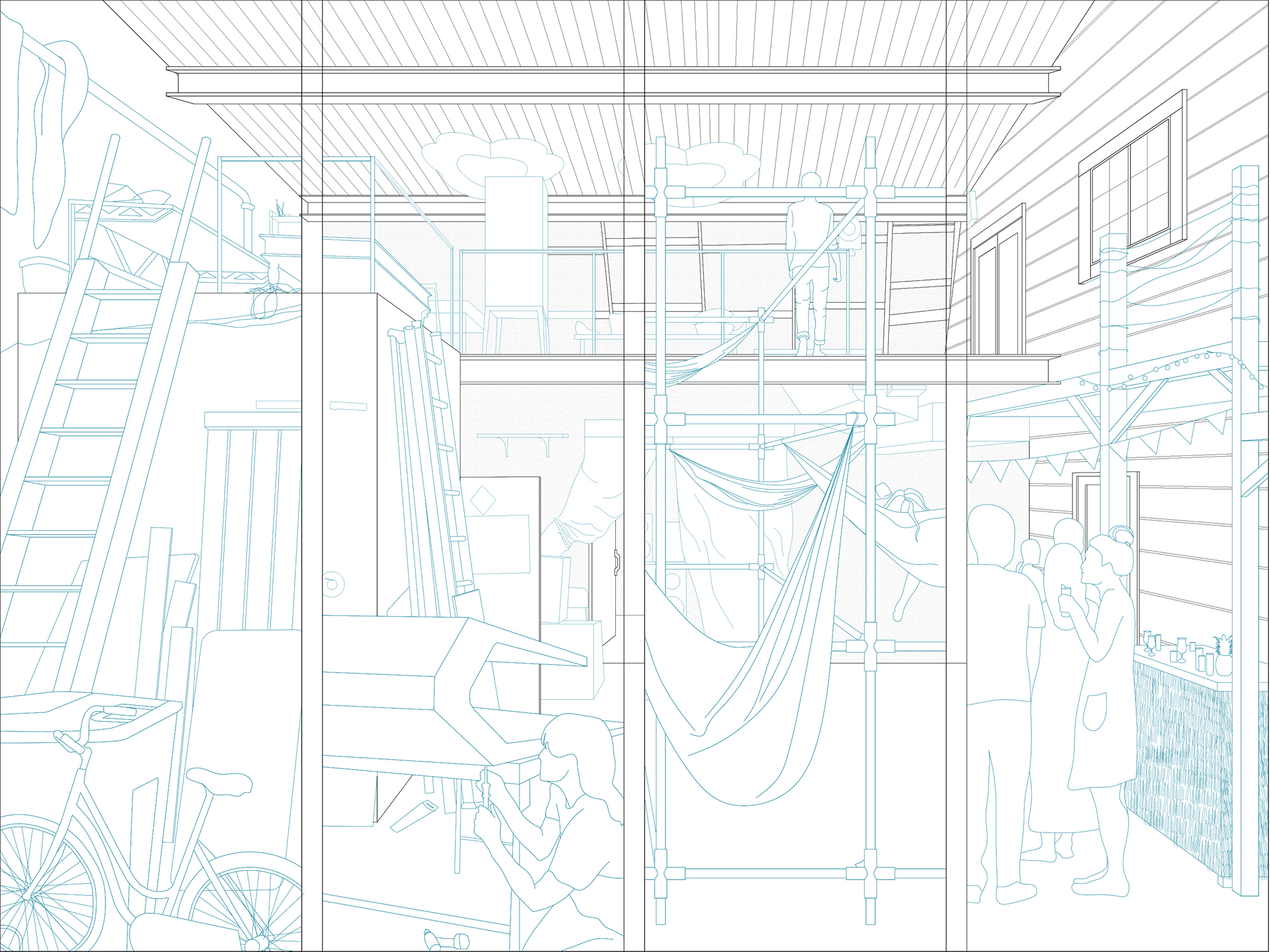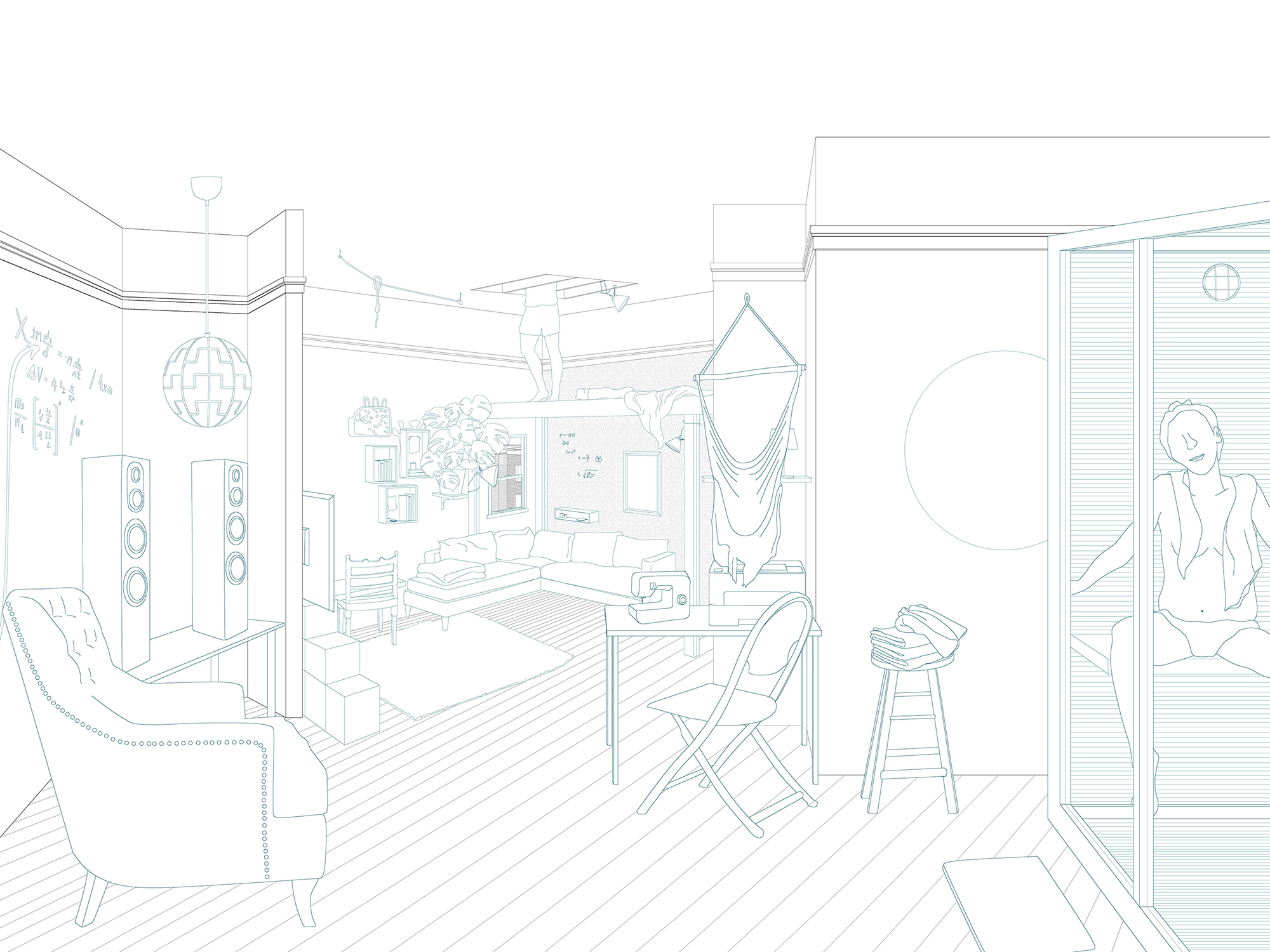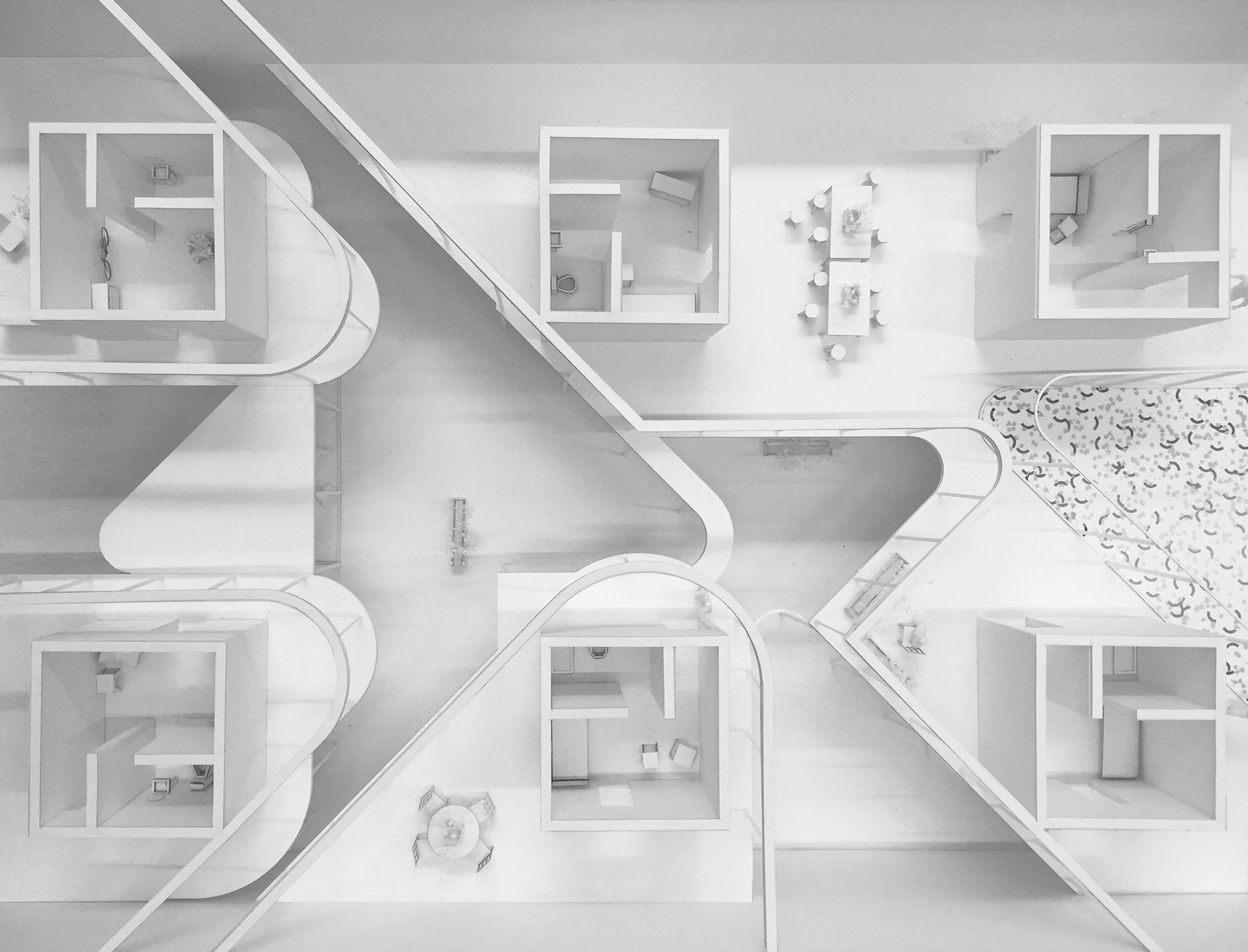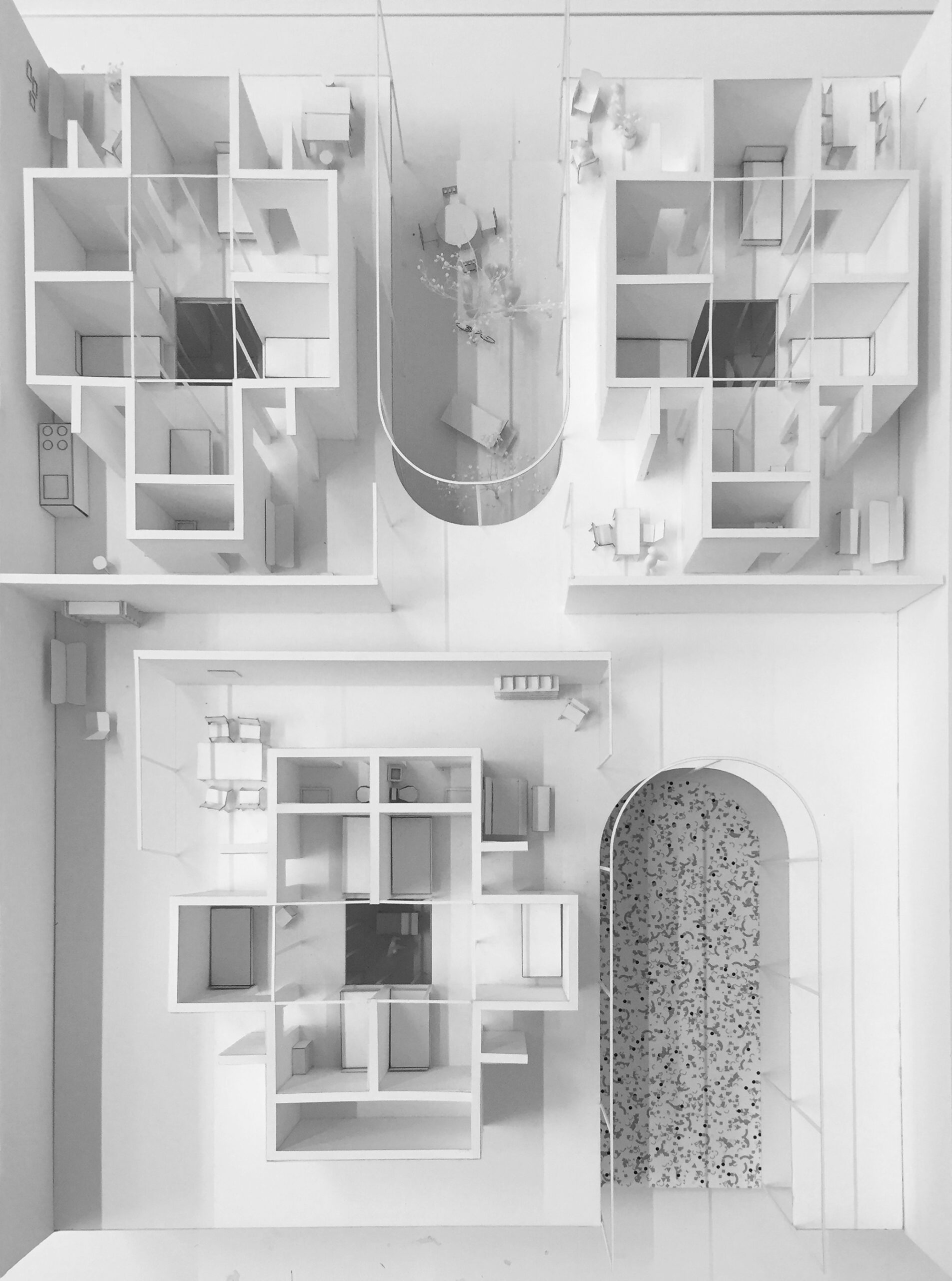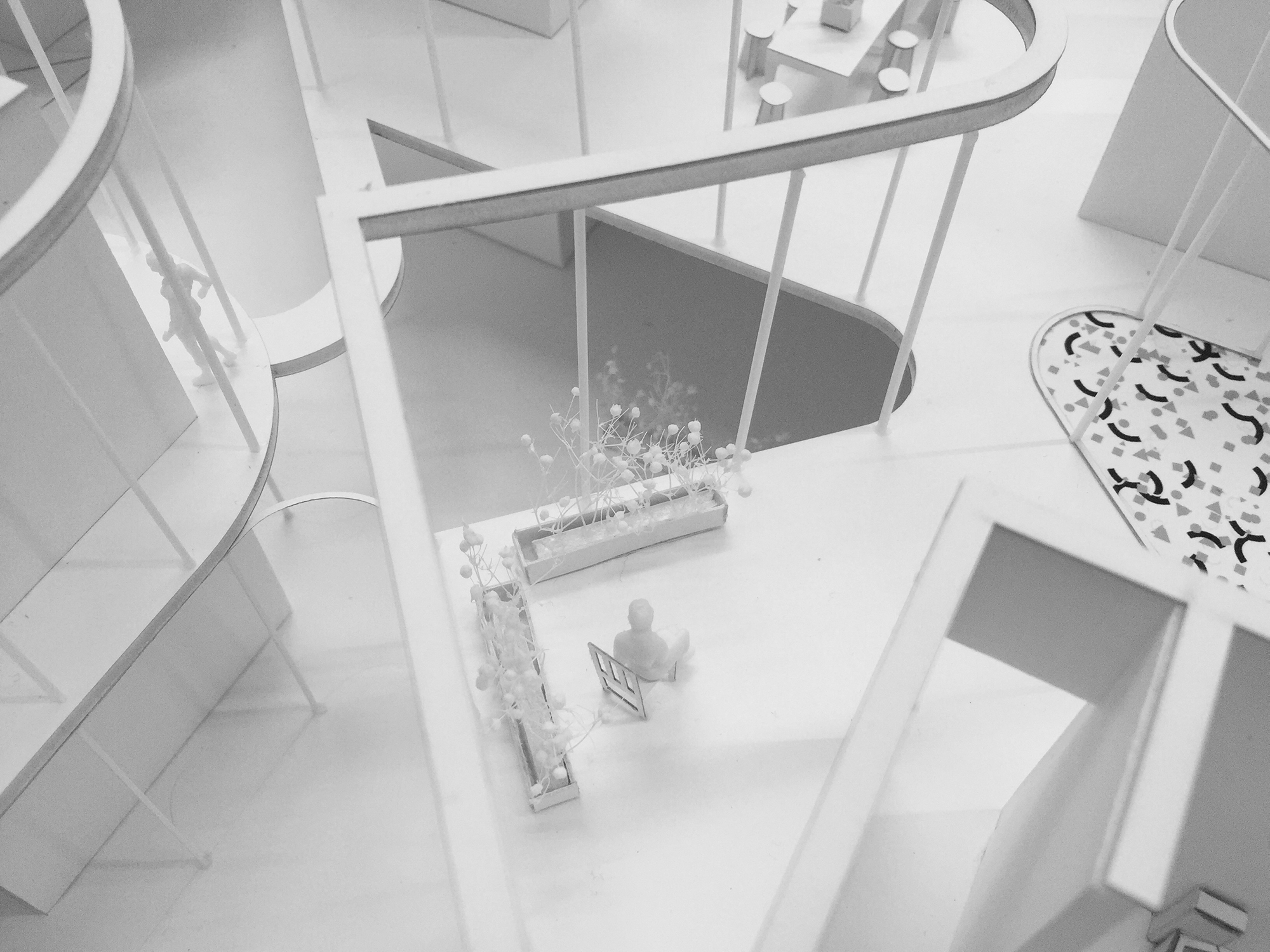Location:
Seoul, South Korea
Year:
2017
Client / Date of Completion:
Seoul Biennale of Architecture and Urbanism, 2017
Project support provided by The California College of the Arts Faculty Development Grant and The Urban Works Agency.
Project Team:
Co-Curators: Neeraj Bhatia & Antje Steinmuller
Exhibition Design: Neeraj Bhatia, Antje Steinmuller, Shawn Komlos
Research Team: Clare Hacko, Shawn Komlos, Bella Mang, Zhongwei Wang, Zizheng Wu
Consultants: Eric Rogers (Commune Governance), Jason Anderson (AR Consultant)
Additional Support: Natthakanya Intharasena, The San Francisco Planning Department
Project Design Team: Ania Burlinska, Clare Hacko, Cesmarie Jimenez, Haonan Jia, Alexander Pardes
Type:
Installation
At Home Together investigates the intentions and institutions of contemporary collective living experiments in San Francisco. Analyzing these domestic spaces through their spatial and social types as well as political ideology, the research aims to identify inherent patterns within the shifting conceptions of the public and private spheres. Against the backdrop of well-known communes of the 1960s and 70s, presented here are ten contemporary case studies of communal living—from communes to co-living to hacker hostels—as well as five projective design proposals.
The breadth of co-living experiments in San Francisco defies simplified notions of what constitutes communal living today. Within the context of a housing crisis, contemporary communal living experiments offer a range of spaces from affordable housing (necessity-oriented) to spaces of alterity (politically-oriented). Our contention is that despite the motivations of living together, these spaces offer the potential for communities to more freely express how they want to live. Uncovering today’s hidden communal experiments provides insight into the role of the domestic realm in relationship to political participation, pluralism, and the conception of the public sphere in cities today. While several of these existing spatial typologies were originally designed for other purposes and typically to house a nuclear family, we argue that projective design can offer the possibility to more accurately reflect who we are today, and thereby how we can live. The spatial typologies—both existing and projective—frame the tension between the individual and the collective, the formal and informal, high-tech and low-tech, between urban hardware and soft forms of reappropriation. While the home is emblematic of a private world, we ask how we can live together in one of our most intimate environments. Framing the tension between the individual and the collective, At Home Together reveals the challenging negotiation between urban hardware and soft forms of reappropriation.
